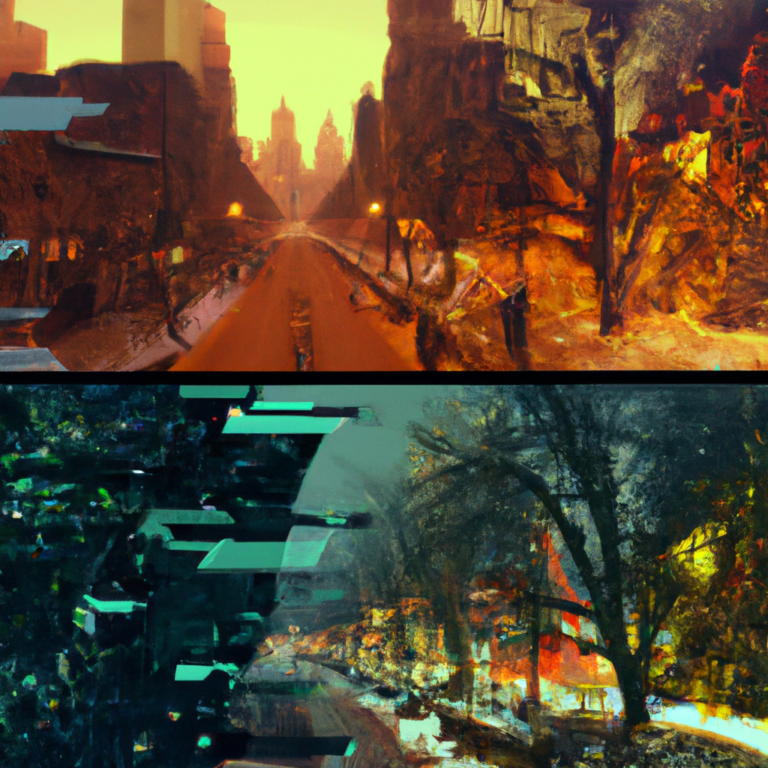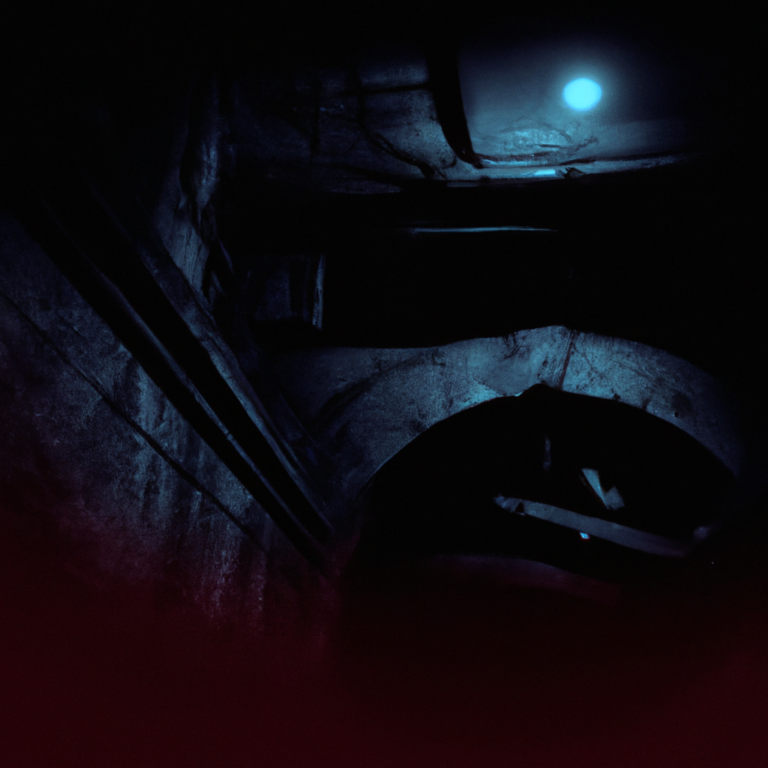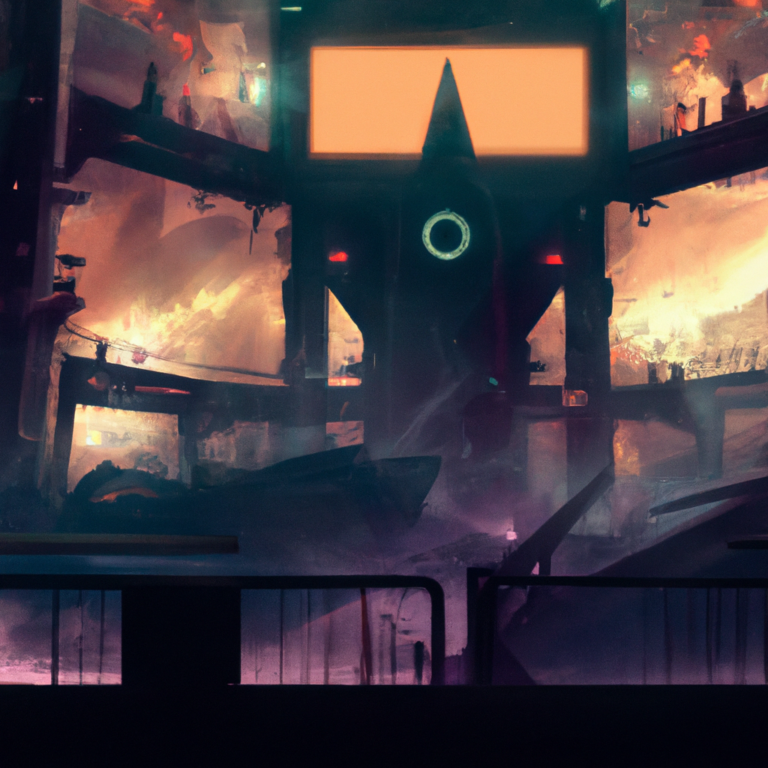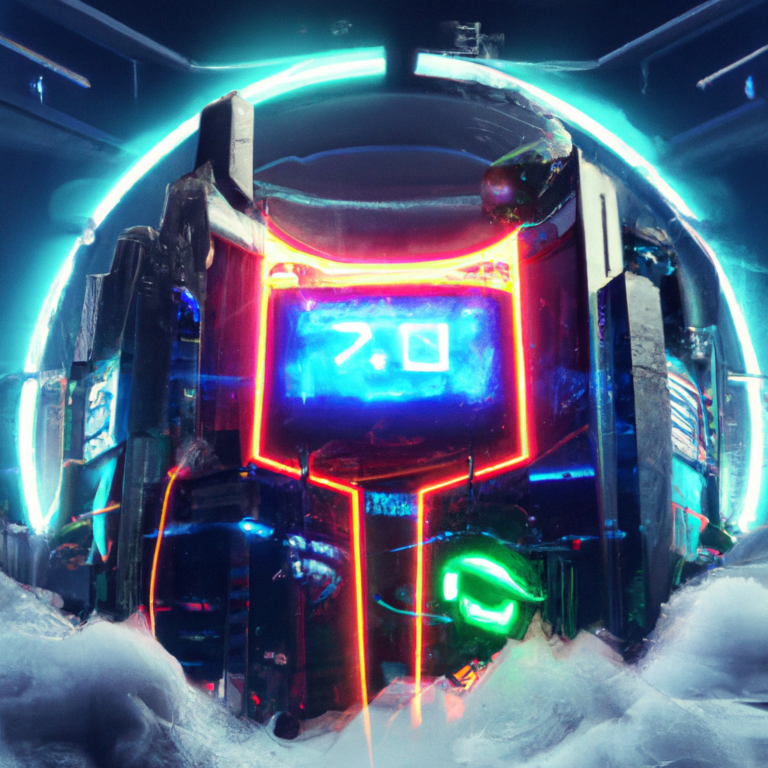“Unreal Engine 101: A Beginner’s Guide to Mastering the Basics”
Unreal Engine is a powerful, versatile, and user-friendly game engine that has been steadily gaining popularity among game developers, architects, filmmakers, and even hobbyists. Developed by Epic Games, this engine has been used in the creation of several popular video games, including the famous Fortnite. If you’re a beginner interested in diving into the world of Unreal Engine, this post is here to help you get started on the right foot.
### Why choose Unreal Engine?
There are several reasons to consider using Unreal Engine for your projects:
1. It’s free for personal use, with a royalty-based licensing model for commercial projects.
2. Powerful graphics capabilities, capable of creating visually stunning games and experiences.
3. A large and active community, making it easy to find resources, tutorials, and support.
4. A built-in marketplace offering numerous assets, plugins, and templates to speed up your development process.
5. Blueprints, a visual scripting system that allows you to create complex functionality without writing a single line of code.
### Getting Started
To get started with Unreal Engine, follow these simple steps:
1. Register for an Epic Games account on the Unreal Engine website.
2. Download and install the Epic Games Launcher.
3. Open the Epic Games Launcher and navigate to the Unreal Engine tab.
4. Choose the latest version of Unreal Engine and click on Install.
Once the installation is complete, you’ll be ready to create your first project.
### Creating Your First Project
To create a new project in Unreal Engine, follow these steps:
1. Launch Unreal Engine from the Epic Games Launcher.
2. Click on the “New Project” tab.
3. Choose a project template, which will provide a starting point for your project. For beginners, it’s recommended to start with the “Blank” or “Third Person” template.
4. Configure the project settings, such as the project name, directory, and whether to include starter content.
5. Click on “Create Project” and wait for Unreal Engine to generate your project files.
### Navigating the Unreal Engine Interface
Unreal Engine’s user interface is designed to be intuitive and easy to navigate. Here are some essential areas of the interface you should familiarize yourself with:
1. **Viewport**: The primary area where you’ll see a real-time preview of your game or scene. You can navigate and manipulate objects in the viewport using various controls, such as panning, rotating, and zooming.
2. **Content Browser**: A file explorer that allows you to manage and organize your project’s assets, such as 3D models, textures, and sounds.
3. **World Outliner**: A hierarchical list of all objects in your current level, making it easy to select and organize them.
4. **Details Panel**: Displays the properties and settings of the currently selected object, allowing you to modify and customize your assets.
5. **Modes**: A series of tools and operations you can use to create and edit your level, such as placing objects, creating terrain, and painting materials.
### Building Your First Level
Creating a level in Unreal Engine is an iterative process that involves placing objects, designing the environment, and setting up gameplay elements. Start by dragging and dropping assets from the Content Browser into the Viewport, using the World Outliner and Details Panel to organize and modify them as needed.
As you develop your level, you’ll want to implement gameplay mechanics, such as character movement and interactivity. This is where Unreal Engine’s Blueprint system shines. Blueprints are a visual scripting system that allows you to create complex functionality without writing any code. By connecting nodes representing functions, variables, and events, you can quickly prototype and implement gameplay features.
### Testing Your Game
As you build your project, it’s essential to regularly test your game to ensure that everything is working as intended. To do this, click on the “Play” button in the toolbar, which will launch your game in a new window. If you encounter any issues during testing, you can make adjustments in Unreal Engine and re-test as needed.
### Conclusion
These are just the basics of getting started with Unreal Engine; there’s a vast world of possibilities and features waiting for you to explore. As you dive deeper into the engine, you’ll find a wealth of online resources, tutorials, and community forums to support your learning and growth. With dedication and practice, you’ll soon be creating your own stunning games and experiences using Unreal Engine.






